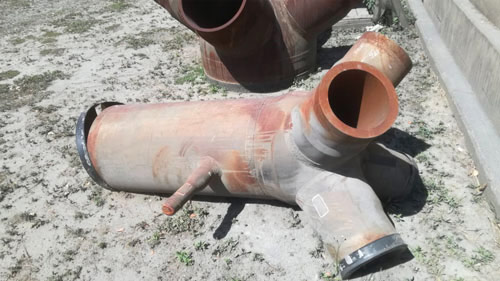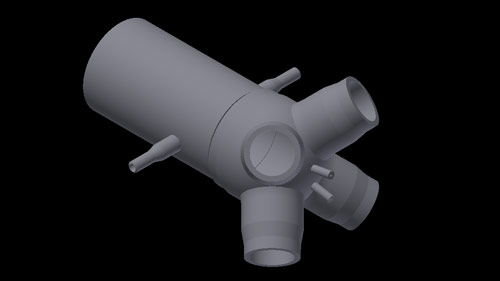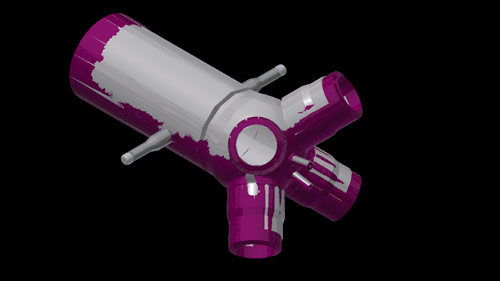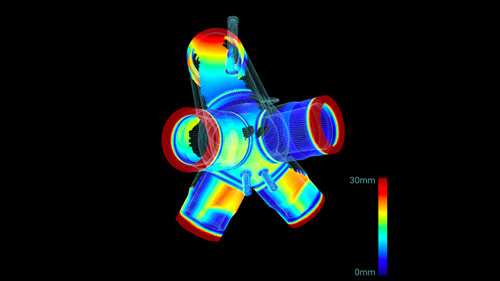Exit this form
Are you sure you want to quit this form?
Replacing headers on a main steam piping system at a power generating facility is challenging. Often, CAD models are no longer available. Therefore, engineers have to design the replacement parts by dealing only with the physical parts. Additionally, headers are often located in very confined, hardly accessible spaces. Then comes the alignment challenge: operators must align the manufactured spherical header with the requisite interface points within tight tolerances on site at the client’s facility. How can these steam piping systems be maintained, how can replacement parts be built, and, finally, how can all of this be done within the allocated time and budget?
The solution is to capture the spherical headers with a 3D scanner and create 3D models based on the captured information. Then, 2D manufacturing drawings are created and used to manufacture new headers. Once fabricated, the final product is scanned in order to generate a mesh, which is overlaid onto the initial 3D model to check the accuracy with which the headers have been manufactured and to ensure that they have been produced according to design.




With a portable 3D scanner, engineers can go on site and scan the different parts in order to obtain a global assessment of the existing plant. 3D scanning provides engineers with all of the information they need to optimize the design, as well as all of the dimensions they need to visualize the environment in which their design must fit. From the beginning, they know that the replacement parts will be manufactured precisely and will be consistent with the design. This way, they can be sure that, when reinstalled, the replacement part will be a perfect fit.
“We decided to incorporate the Creaform handheld 3D scanner because of the convenience that its compact nature offers over conventional scanners. In previous trial runs conducted by the company, the HandySCAN 3D scanner had also demonstrated a high level of scan accuracy. This along with the quickness and ease of use made it an obvious option for use on this project”, explains Chris Bosman, Engineering Department Drawing Office Manager at Babcock Ntuthuko Generation South Africa.
You have a specific question. You need the advice of a specialist. We are here to guide you.